Each month has its own flower, chosen for its meaning and beauty. A birth flower is tied to your birth month and symbolizes traits or emotions often connected to you. This chart helps you find yours—and understand what it might say about you or someone you love.
I’ve always loved learning about the quiet symbolism of things. A flower you’ve seen a hundred times before might suddenly feel more special when you find out it’s your flower.
These flowers can be a way to connect with yourself or someone you love. Whether you’re picking a birthday gift, journaling, planning a tattoo, or just curious, knowing your birth flower can add something thoughtful to your day.
Let’s walk through this birth flower chart together—month by month—and take a closer look at what each one means.
January – Carnation & Snowdrop
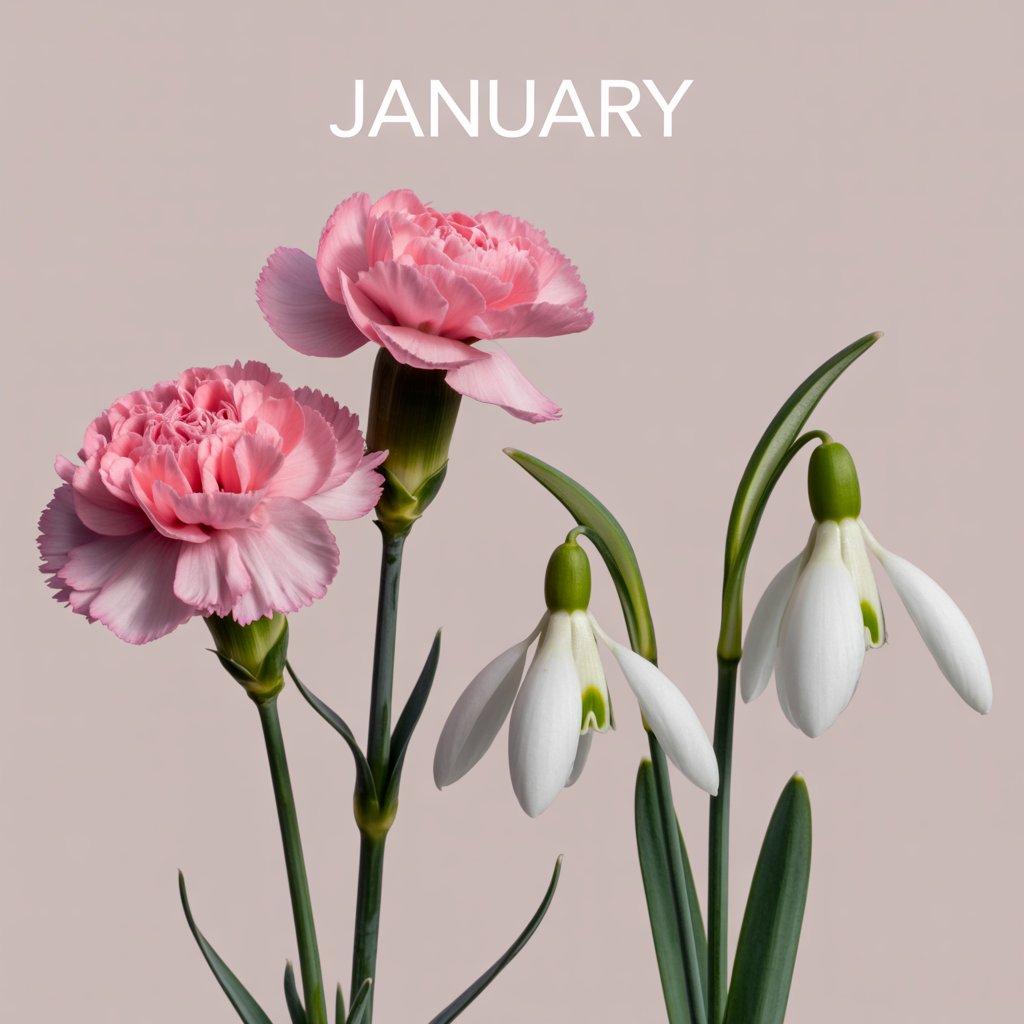
Carnation
- Symbol of love, loyalty, and admiration
- Often given in shades of pink, red, or white.
- Known for being strong and long-lasting
- Represents people who are determined, kind, and quietly strong
Snowdrop
- Signifies hope and rebirth
- One of the first flowers to bloom in winter
- Stands for quiet resilience and purity
I’ve found that January flowers remind me that beauty can bloom even in the coldest seasons. There’s a softness in strength.
February – Violet & Primrose
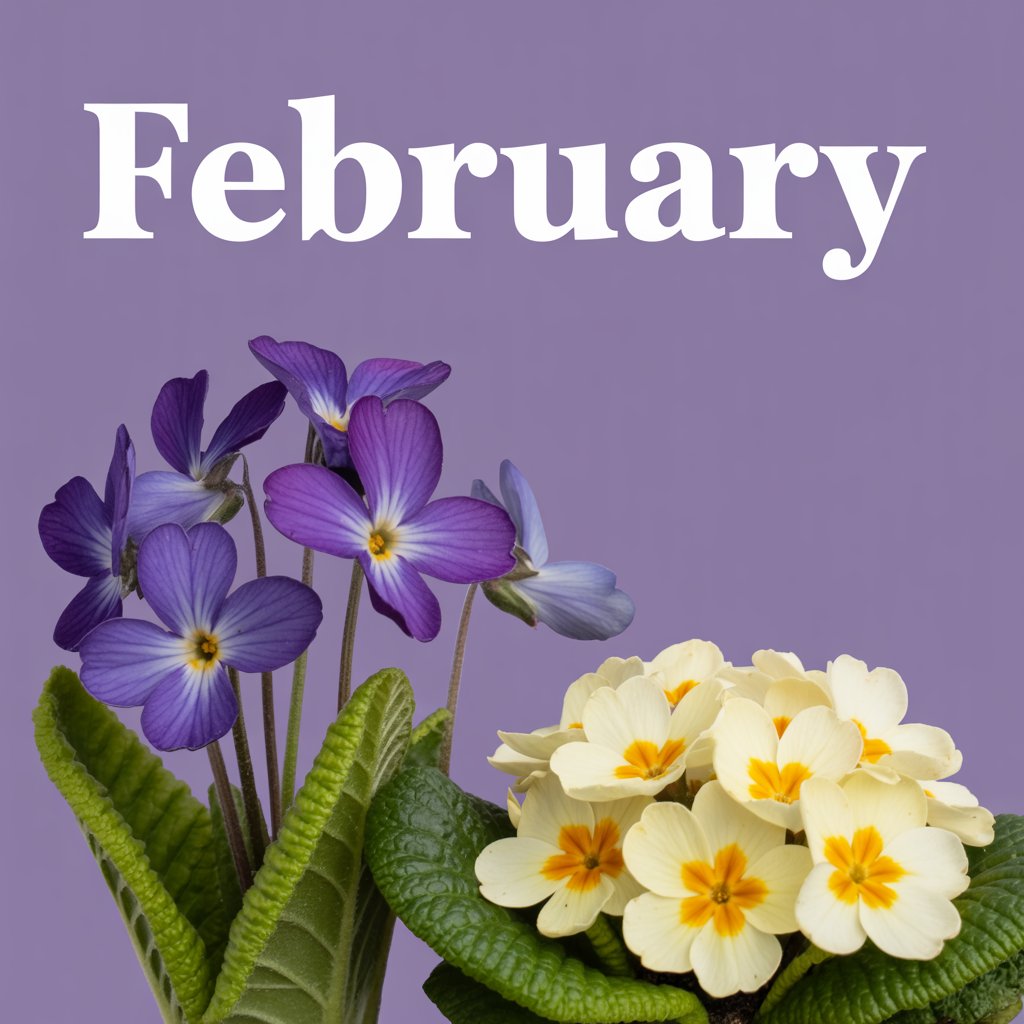
Violet
- Represents loyalty, faithfulness, and humility
- Deep purple color that feels thoughtful and calm
- Speaks to quiet people with deep roots
Primrose
- Symbolizes young love and early spring
- Tells the story of fresh beginnings
This helps me remember that being steady and true is its own kind of beauty. February flowers carry warmth under the surface.
March – Daffodil & Jonquil
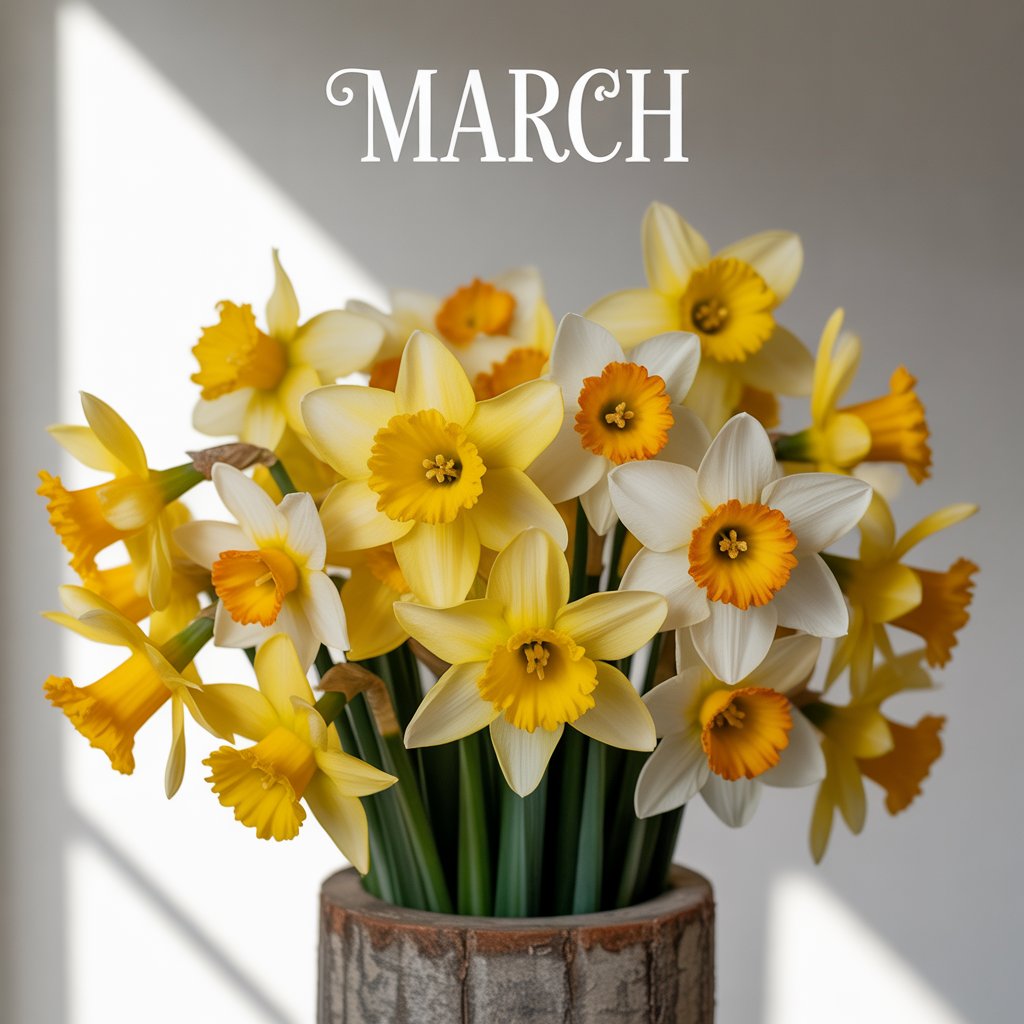
Daffodil
- Stands for renewal and joy
- Bright yellow flower that brings cheer wherever they grow
- Symbolizes people who bring light and hope to others
Jonquil
- Similar to a daffodil but smaller and often fragrant
- Represents affection and desire
I’ve found March flowers feel like a breath of fresh air after a long winter. They remind me to stay open to joy.
April – Daisy & Sweet Pea
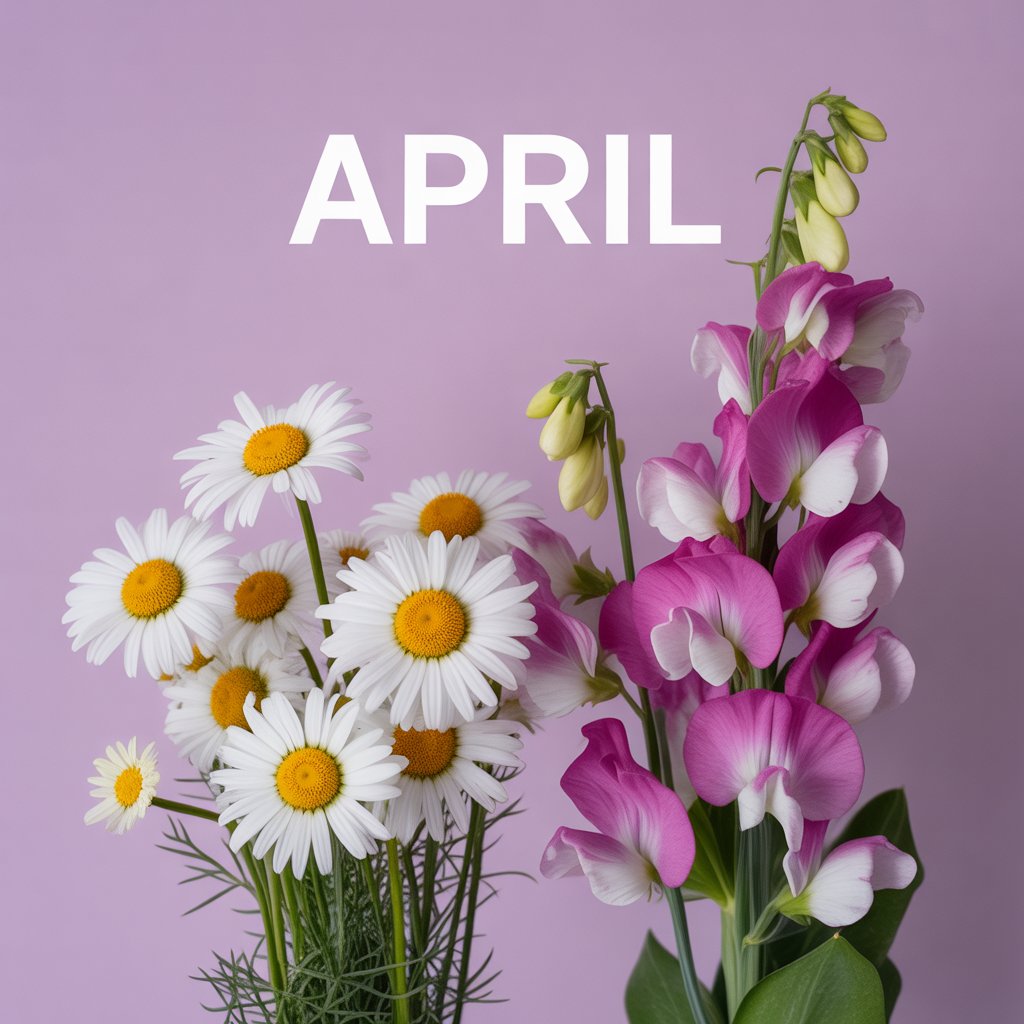
Daisy
- Means innocence, purity, and loyalty
- A simple and cheerful flower that brings comfort
- Often linked to childlike wonder.
Sweet Pea
- Symbolizes gratitude and delicate pleasure
- Often given to say “thank you” or “I appreciate you”
These flowers always make me smile. April flowers remind me to notice the quiet joys around me.
May – Lily of the Valley & Hawthorn
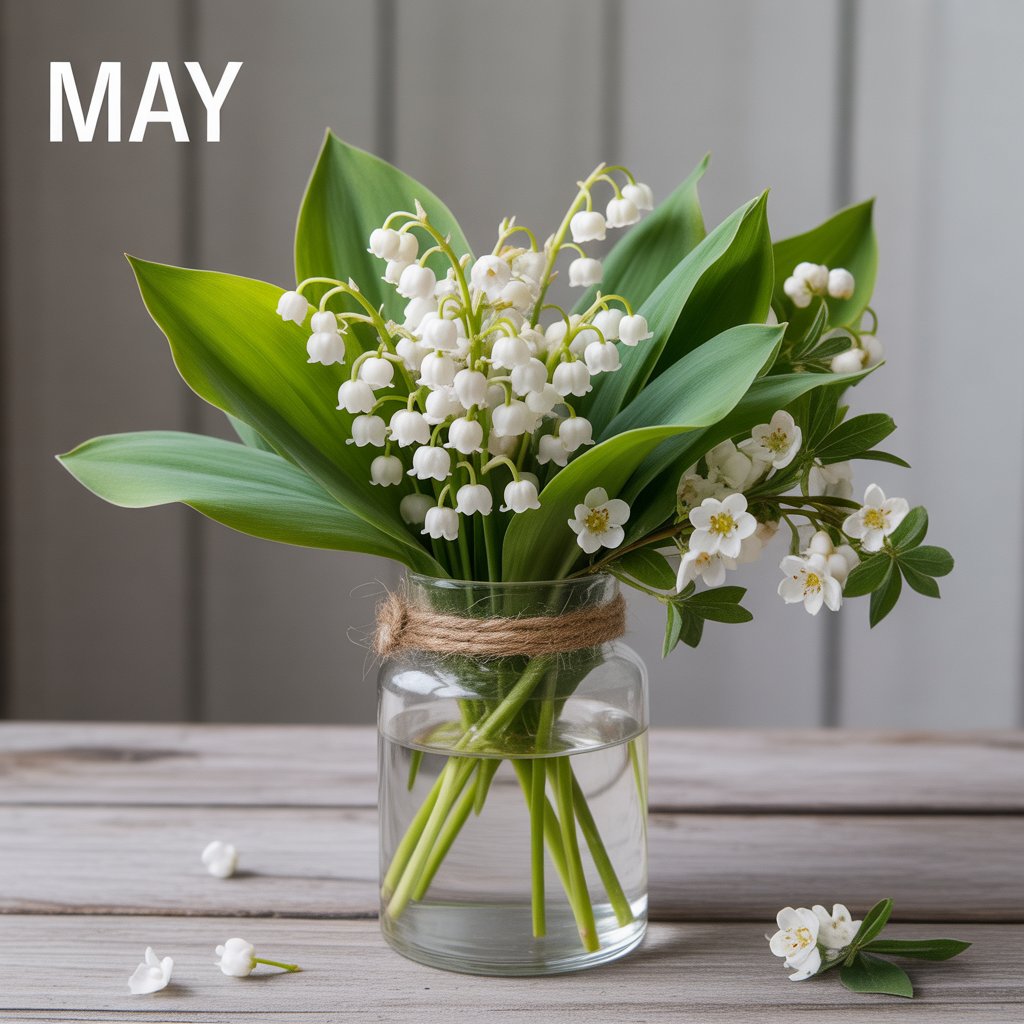
Lily of the Valley
- Stands for sweetness, humility, and return of happiness
- Tiny bell-shaped blooms with a gentle scent
- Often used in weddings for its symbolism of purity.y
Hawthorn
- Symbolizes hope and protection
- A flowering shrub with strong roots
I love how May’s flowers balance delicacy with strength. They feel like quiet protectors.
June – Rose & Honeysuckle
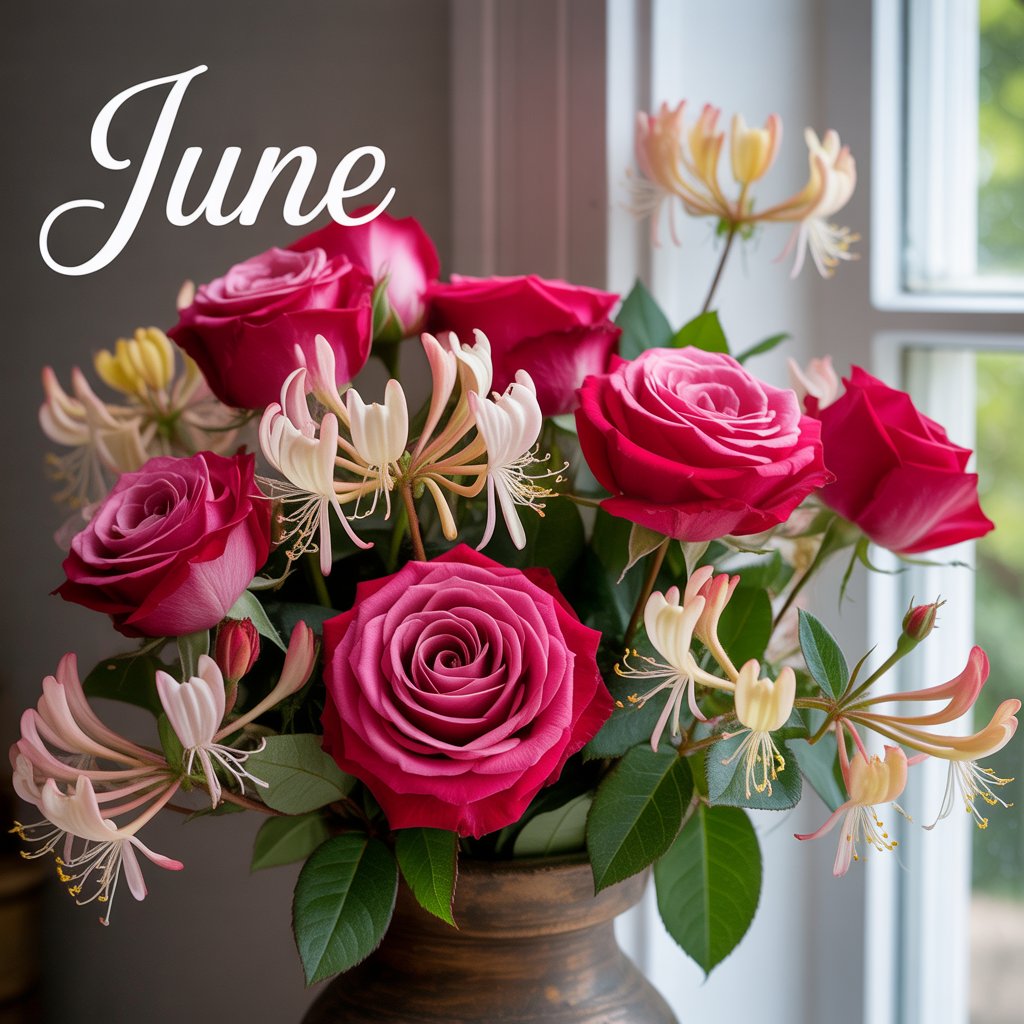
Rose
- Deep symbol of love in all its forms
- Different colors mean different things: red for passion, yellow for friendship, white for puri.ty.
- Universally understood and loved.
Honeysuckle
- Represents devoted affection and bonds that last
- Sweet-smelling and strong
For me, June’s flowers remind me how love takes many shapes—some loud, some quiet, all important.
July – Larkspur & Water Lily
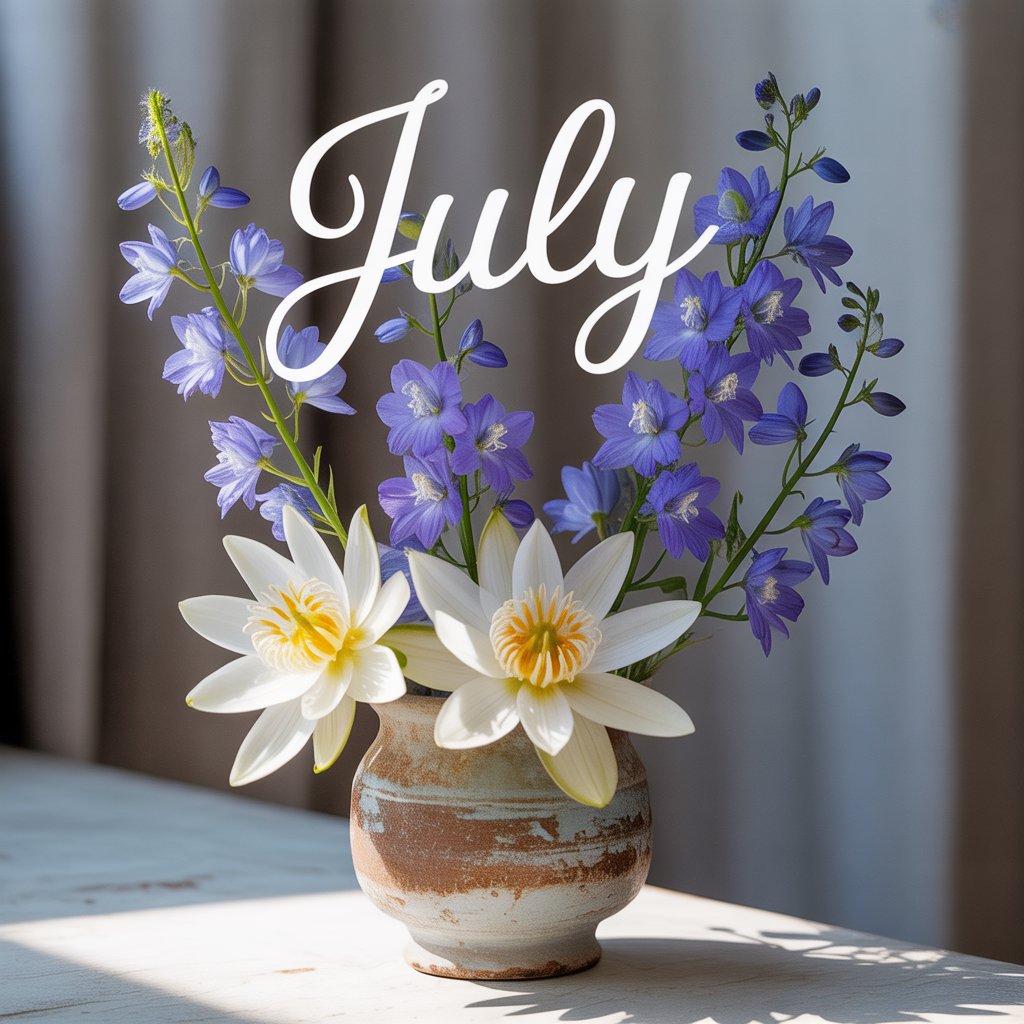
Larkspur
- Symbolizes positivity and an open heart
- Grows tall and colorful in blue, purple, and white
- Speaks to light-hearted people who lift others up
Water Lily
- Stands for peace, rebirth, and spiritual depth
- Grows in still water, rising calmly above the surface
I think July’s flowers feel both playful and deep, like laughter that comes from a grounded place.
August – Gladiolus & Poppy
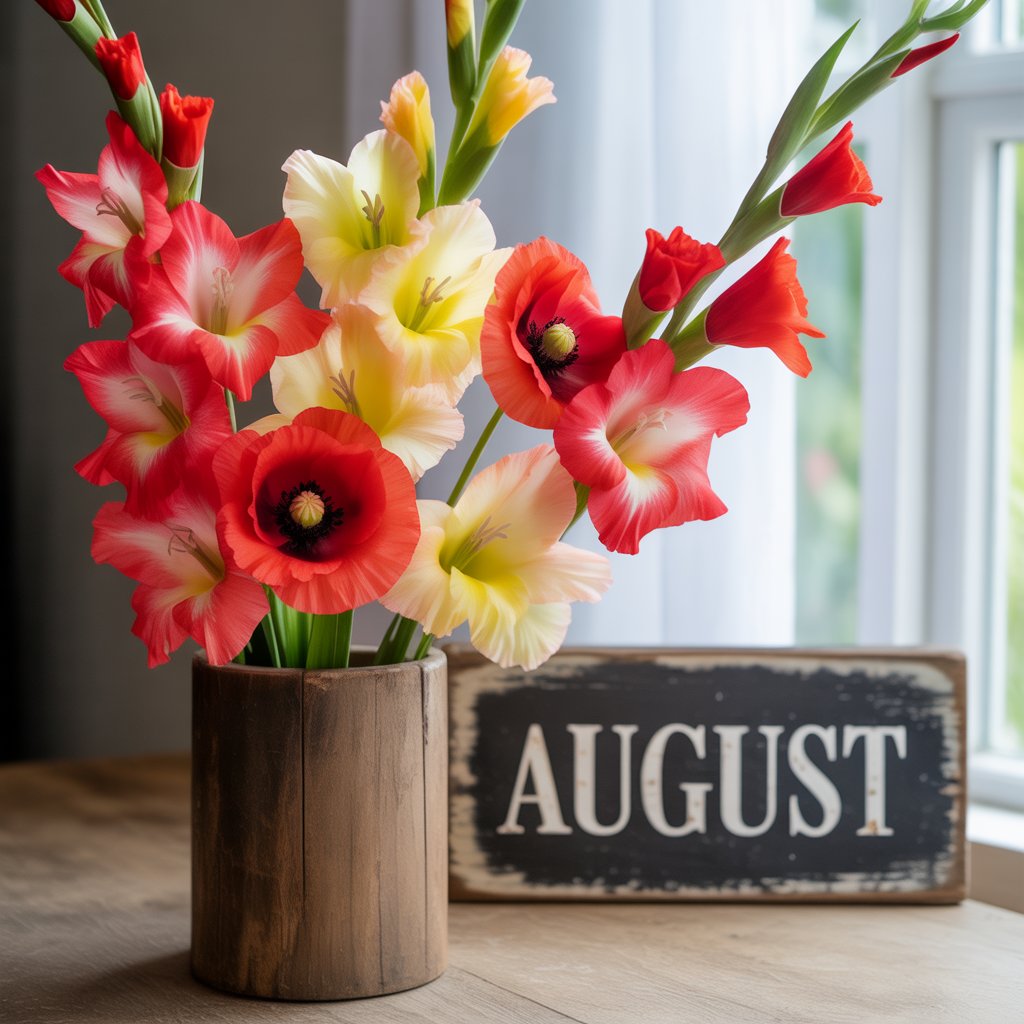
Gladiolus
- Stands for strength of character and moral integrity
- Tall, bold blooms that face the sun with confidence
- Often given to honor those who lead with courage and hear.t
Poppy
- Symbolizes remembrance and peace
- In some cultures, it’s linked with sleep, dreams, and recovery.
- Bright red poppies also represent deep emotion and sacrifice.
I’ve noticed that August’s flowers feel powerful in different ways—one stands tall, and the other offers rest. There’s strength in both.
September – Aster & Morning Glory
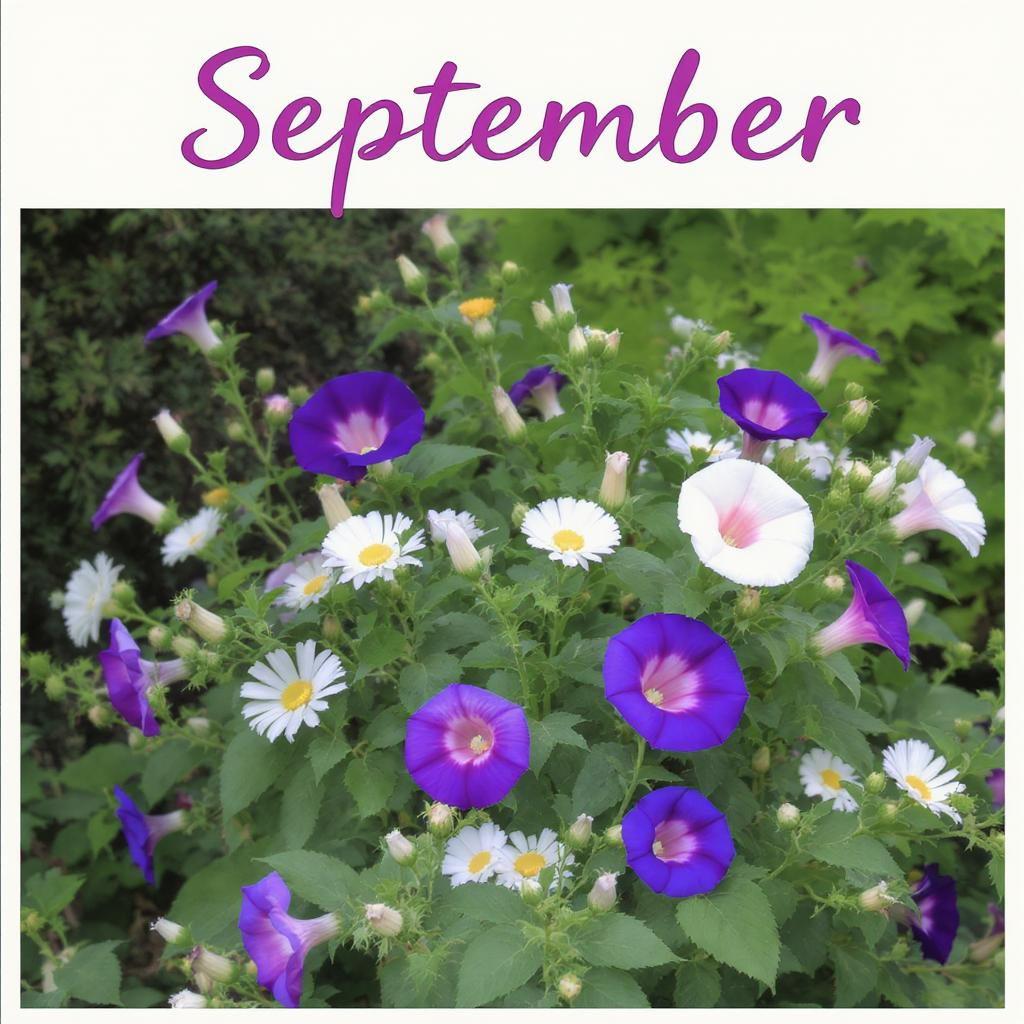
Aster
- Represents wisdom, patience, and love
- Often seen in purple and lavender shades.
- Known as a flower of elegance and calm
Morning Glory
- Symbolizes affection and a fleeting, tender beauty
- They bloom early in the morning, then fade, reminding us to be present.
These flowers remind me to slow down. To love gently. To listen more than I speak. September flowers feel like an exhale after summer’s rush.
October – Marigold & Cosmos
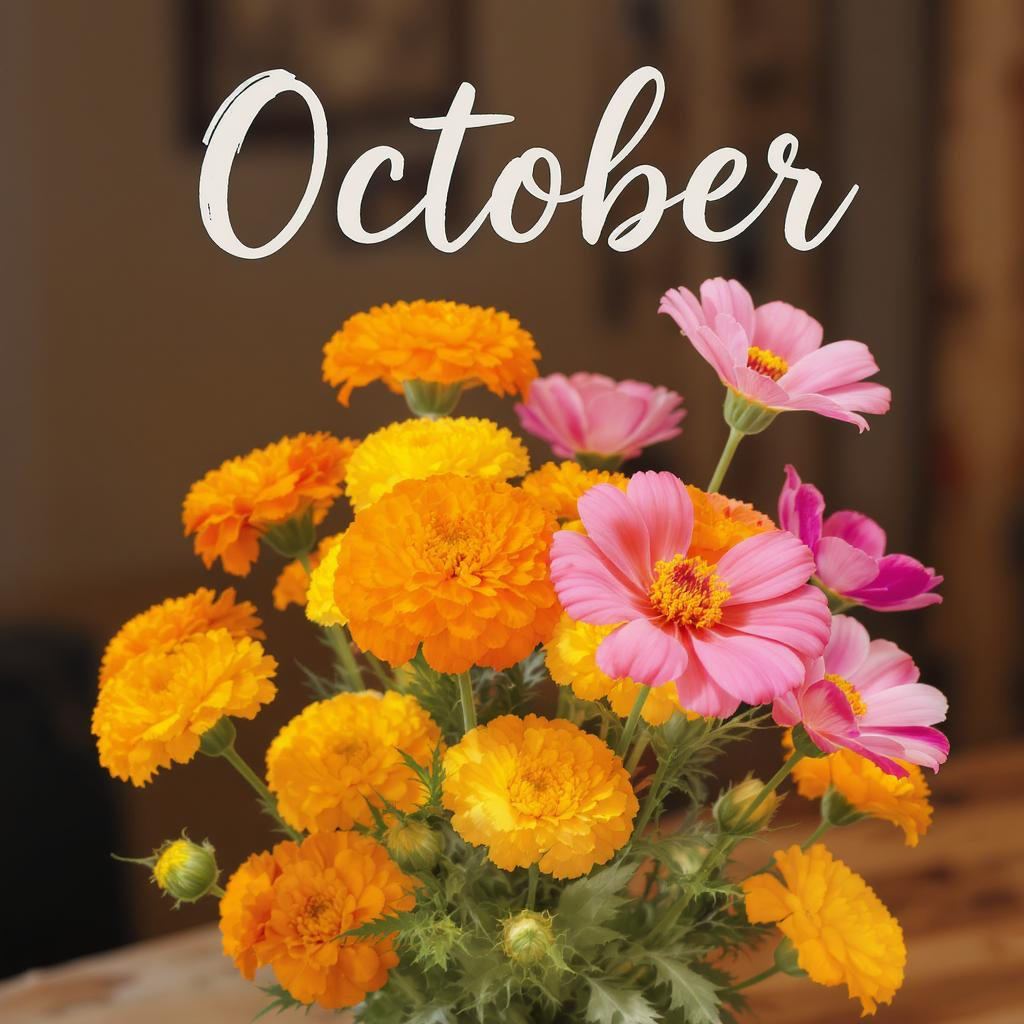
Marigold
- Stands for warmth, creativity, and passion
- Its golden-orange color symbolizes energy and light.
- In some cultures, marigolds are tied to honoring ancestors and memory.
Cosmos
- Represents balance and peace
- Grows in beautiful harmony, spreading calm energy
I find October flowers beautifully complex. They hold memory and emotion, while also encouraging us to find our inner calm.
November – Chrysanthemum
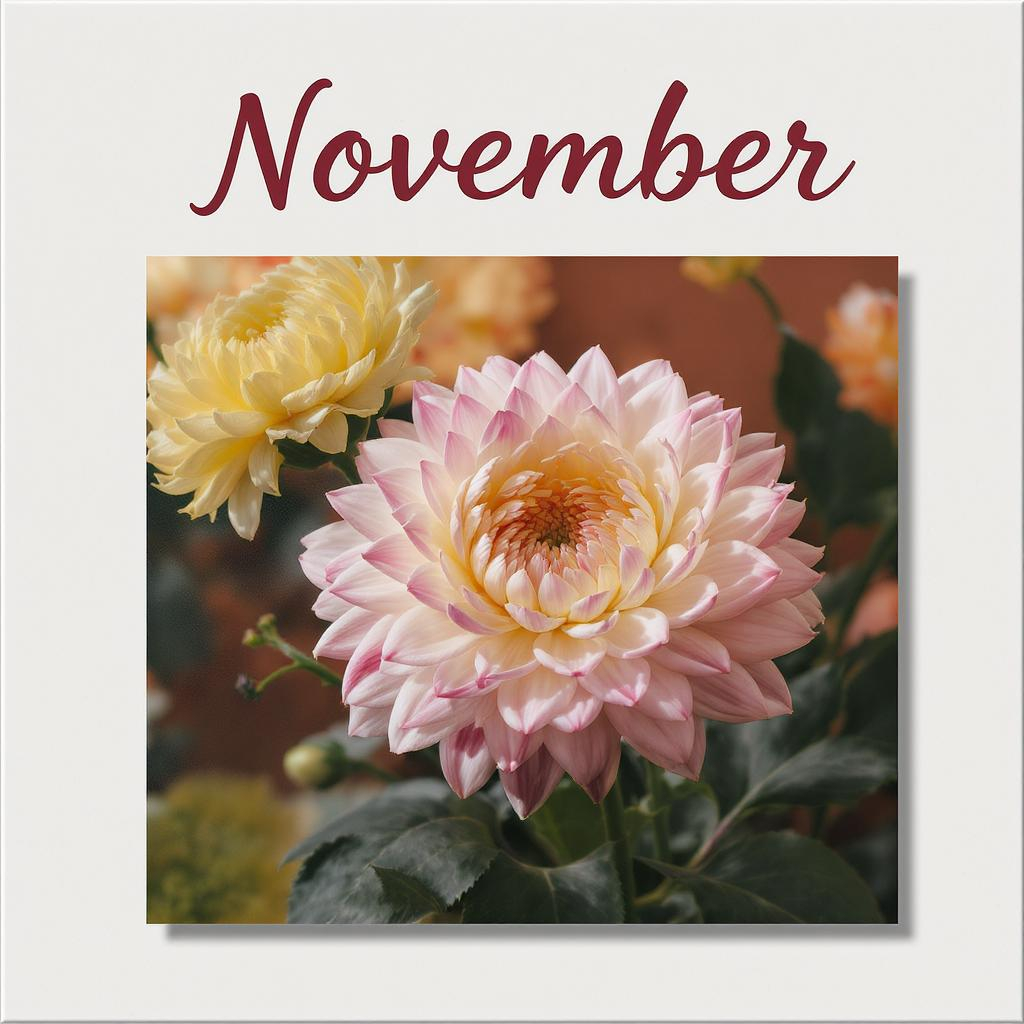
Chrysanthemum
- Symbol of loyalty, friendship, and cheer
- Popular in many countries, especially in fall festivals
- The flower’s meaning shifts a little across cultures—sometimes representing grief, but also resilience and joy.
For me, November flowers are about staying close to people who matter. They remind me how kindness lasts longer than we think.
December – Narcissus & Holly
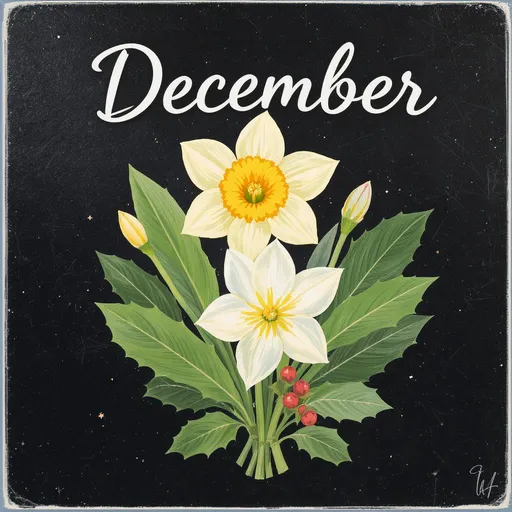
Narcissus (Paperwhite)
- Represents hope, renewal, and inner beauty
- One of the earliest bloomers of late winter
- In Greek myth, Narcissus was about reflection, so this flower carries both beauty and depth.
Holly
- Symbolizes protection and peace
- Strong, sharp leaves with bright berries
- Often linked to winter traditions and spiritual symbolism.
I’ve learned that December flowers feel like quiet strength. They’re about holding steady when everything else is cold or fading.
A Simple Birth Flower Chart for Quick Reference
Here’s a quick look at each month and its flowers. Save it, print it, or share it with someone you care about:
| Month | Flower(s) | Symbolism |
| January | Carnation, Snowdrop | Love, loyalty, hope |
| February | Violet, Primrose | Faithfulness, modesty, and new love |
| March | Daffodil, Jonquil | Joy, rebirth, affection |
| April | Daisy, Sweet Pea | Innocence, gratitude |
| May | Lily of the Valley, Hawthorn | Humility, hope |
| June | Rose, Honeysuckle | Love in all forms, devotion |
| July | Larkspur, Water Lily | Positivity, inner peace |
| August | Gladiolus, Poppy | Strength, remembrance |
| September | Aster, Morning Glory | Wisdom, affection |
| October | Marigold, Cosmos | Creativity, peace |
| November | Chrysanthemum | Loyalty, cheer |
| December | Narcissus, Holly | Renewal, protection |
Looking at this chart reminds me how different we all are—and how beautiful that is. Each flower has its own story, just like we do.
Why Birth Flowers Matter (Even if You’ve Never Thought About Them Before)
It’s easy to move through the year without noticing the flowers changing outside your window. But learning about birth flowers helps you pause. They offer a new way to see the calendar—not just as dates and plans, but as something growing and alive.
Maybe your birth flower doesn’t feel like “you” at first. That’s okay. Sometimes it grows on you later. Sometimes it teaches you something new about yourself.
What I’ve noticed is that people often light up when they find out what their flower is. It’s personal. It’s symbolic. It’s something you didn’t choose, but that still says something about you.
And it’s also just nice. A soft joy in a hard world.
How You Can Use Your Birth Flower (Or Someone Else’s)
Here are some small but meaningful ways to let your birth flower show up in your life:
- Draw or paint your birth flower in a journal
- Include it in your birthday celebration (cake toppers, gifts, décor)
- Give someone a bouquet with their birth flower in it.
- Wear it as jewelry, like a charm or ring.g
- Use it in your home—on pillow covers, wall art, or curtains.
- Plant it in your garden (or in a pot on the windowsill)
- Learn more about its symbolism and history.
- Write a letter to a friend and include a note about their flower.
- Use it as a writing prompt: “How am I like my birth flower?”
- Choose a tattoo of your birth flower, if that feels meaningful.
- Pick dried versions to press in books or make a bookmark.s
- Learn how your birth flower connects with your zodiac sign.
- Make a custom calendar featuring a flower for each month.
- Use it as a screensaver or phone background.
- Share it with a child or sibling—they might love knowing theirs.
- Match your flower to essential oils or candles for your birth month.
- Start a family tradition of giving flowers by birth month.
- Add it to birthday cards for a thoughtful touch.
- Let it inspire a poem or short story.
- Notice where it grows near you—see if it blooms during your birthday season.
When I tried this, I felt more connected to the seasons. Even small things—like doodling a daisy or pressing a violet—brought a sense of calm.
Final Thoughts
A birth flower chart isn’t just a list of plants. It’s a quiet reminder that every month brings something unique into the world—and so do we.
Maybe your flower reflects who you are. Maybe it reflects what you’re growing into. Either way, it’s a lovely way to mark your place in the year.
So take a moment.
Look up your flower.
Learn its meaning.
And maybe even share it with someone you love.
Wishing you a year full of blooming things—inside and out. 🌸
(FAQs)
Q: How do I find my birth flower?
A: You can find your birth flower by looking at a birth flower chart, which matches flowers to each month of the year.
Q: Which flower is for my birthday?
A: Your birthday flower is usually the one linked to your birth month, like a daisy for April or a rose for June.
Q: Are there two birth flowers for each month?
A: Yes, many months have two birth flowers—a primary and a secondary, each with its own meaning.
Q: How do I know my zodiac flower?
A: Zodiac flowers are based on your astrological sign, not your birth month. You can find yours by checking a zodiac flower guide.

